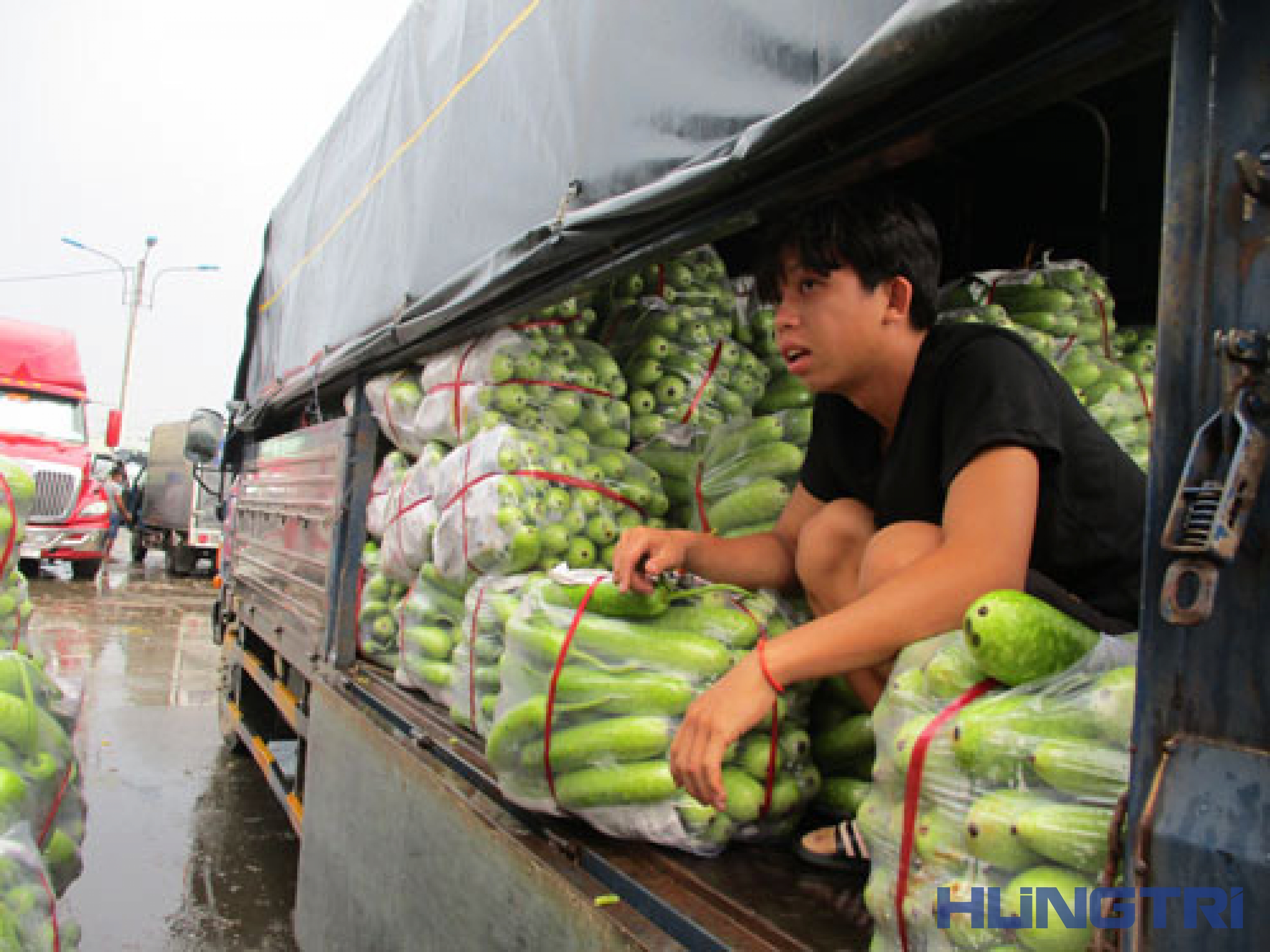The value of food wasted or thrown away in the world today is up to 1,200 billion USD/year, in Vietnam alone it is 3.9 billion USD/year.
The shocking figures were presented at a workshop introducing technologies to support food waste reduction and by-product treatment in food production and processing within the "Action to reduce food loss and waste" campaign organized by the Danish Embassy in coordination with the Center for Local Rural Economic Development (CRED) on October 2 in Ho Chi Minh City.
1/3 of food is lost
According to Mr. Kim Højlund Christensen, Ambassador of Denmark to Vietnam, food loss and waste is a serious problem globally, especially at the present time with the Covid-19 pandemic causing the number of people facing severe hunger to double. "Research results show that 1/3 of the food produced to serve human needs globally is lost or wasted. For Denmark, preventing food loss and waste has been a national priority since 2010. We are ready to share the innovative ideas and advanced technologies achieved over the past 10 years to inspire not only food producers and processors in Vietnam but also domestic consumers" - the Danish Ambassador emphasized.
According to the conference documents, the amount of food lost is currently up to 1.6 billion tons/year, worth 1,200 billion USD and is expected to reach 1,500 billion USD by 2030. Therefore, Denmark's goal is to coordinate with other countries (including Vietnam) to reduce food loss by 50% by 2030.

Food waste occurs at the production and processing stage in developing countries, and at the distribution stage in developed countries, either because consumers "overspend" on food or because retailers discard food that does not meet appearance standards.
In Vietnam, MSc. Duong Thi Thu Hang, Institute of Agricultural Electromechanics and Post-Harvest Technology - Ministry of Agriculture and Rural Development, cited a survey by CEL Consulting showing that Vietnam's post-harvest losses are currently at 20%-25%, worth 3.9 billion USD/year. The highest loss rate is in the fruit and vegetable group, about 32% of output, equivalent to 7.3 million tons/year. The aquatic product group has a loss rate of about 12% of output, equivalent to 804,000 tons/year. Vietnam's rice product also lost up to 3 million tons of rice (14%-15%).
Efforts to reduce losses
At the workshop, Danish companies introduced to Vietnamese partners many technologies to reduce loss and waste of food ingredients during production, processing and transportation in industries such as rice processing, milk, cold storage systems, etc. Many Vietnamese enterprises are interested in new technologies but are worried about Vietnam's small production scale as well as the different natural conditions compared to Denmark.
Speaking to reporters of the Lao Dong Newspaper on the sidelines of the workshop, Dr. Nguyen Thi Hong Minh, President of the Vietnam Food Transparency Association, assessed that the problem of reducing post-harvest losses in Vietnam is very difficult and to solve it, a state-level program is needed like what Denmark has done. In particular, scientists need to conduct more basic research on the shelf life of food to avoid waste because businesses often leave a short shelf life to "be sure", not afraid of spoilage during the shelf life.
It is necessary to build an ecosystem for the agricultural supply chain to operate optimally instead of being as rudimentary as it is now. Many agricultural products are transported to Ho Chi Minh City by bus, not stored at the right temperature, so they are very damaged; or vegetables and fruits are discarded because they do not meet the appearance standards but still meet the standards, and are composted, which is a huge waste. "In addition, communication to change consumer awareness is also very important because Vietnamese people still discriminate against frozen foods, only prefer fresh foods, causing a lot of food waste during the process from harvest to consumer" - Ms. Minh said.
Mr. Ly Minh Hung, Director of Thanh Binh Cooperative (Dong Nai), gave a specific case of the cooperative in the beginning selling only fresh bananas, the rejection rate was up to 25% due to unsatisfactory form, the cooperative had to throw away thousands of tons. At the end of 2019, the cooperative invested in a banana drying factory from by-products of exported fresh bananas. To date, the cooperative's revenue comes from 65% of fresh products and 35% from processed products.
Anfoods Joint Stock Company (Ben Tre, brand name "Forest Keeper") has also been successful with seabass floss, a processed product that utilizes the raw material of seabass fillet scraps. To fully utilize the raw materials and increase the value of the product, businesses must make long-term investments in facilities and technology. Therefore, in addition to capital, businesses need support to find suitable technology for each of their products.
According to Ngoc Anh
Workers
Reference source:
https://nld.com.vn/kinh-te/that-thoat-thuc-pham-len-toi-39-ti-usd-nam-20201002214616325.htm
